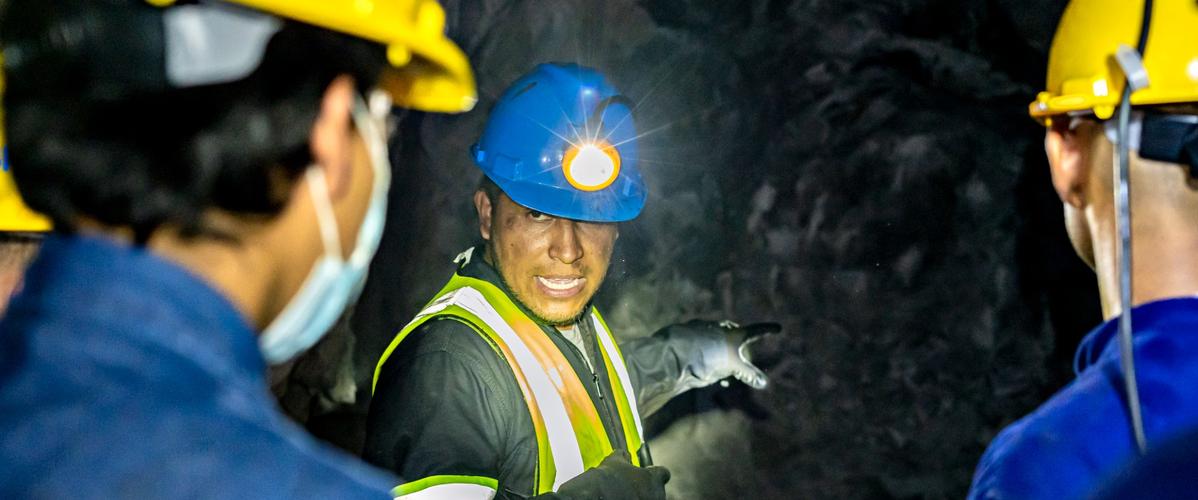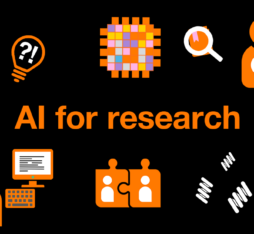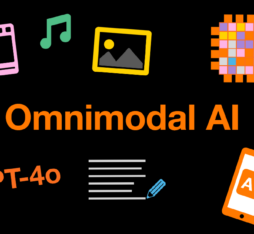• Companies like Fastpoint are using video cameras with integrated AI to analyse safety risks in industry and alert workers to potential dangers in real time.
• New tools are enabling managers to anticipate risks, improve safety and reduce the number of workplace accidents.
China, which has more than 3,200 coal mines, also has an unenviable record of serious mining accidents, of which 60% are caused by methane ignition and explosions. “With artificial intelligence to analyse data from different sensors, we can now predict these incidents 30 minutes before they happen,” explains Niusha Shafiabady, an international AI expert and associate professor at the Australian Catholic University. The mine studied by Shafiabady and her team was equipped with methane, temperature, wind, dust, oxygen, and carbon monoxide sensors. Their goal was to evaluate the prediction performance of numerous forecasting methods.
The algorithm is highly accurate, which means that it can be used in real situations to warn miners that there could be an accident
A learning algorithm based on decision trees
“We wanted to find a method that would not require prolonged training of the AI model, which offered the best possible predictive accuracy. So we tested and compared all of them before choosing a (of decision trees) model that only takes seven seconds to train.” To do this, the researchers set aside part of the data supplied by their industrial partner, the Shanxi Coking Coal Group Co. Ltd when testing the effectiveness of the algorithm. “A neural network model would have taken longer to train.” Another advantage of the model chosen by the researchers is that it provides better quality prediction results than neural network-based models, which is critically important in a system designed to ensure workers’ safety. “It is also highly accurate, which means that it can be used in real situations to warn miners that there may be an accident if the level of methane increases and instruct them to evacuate.”
An integrated AI safety system for industry
In France, Fastpoint is also breaking new ground in the field of workplace safety. The start-up’s lead solution, SecuriSpot, is composed of video cameras with onboard AI. Equipped with onboard computer vision, they can be installed wherever they are needed in industrial facilities and construction sites. “They can be used to determine collision risks for vehicles, to see if they are entering dangerous areas, and if their operators are properly equipped,” explains Vincent Auvray, the CEO of the Cherbourg-based company. “Each of our units is equipped with a camera, a GPU, half a terabyte of RAM and half a terabyte of storage, a 3D optical sensor, a 4G chip and a WiFi card. That’s sufficient to analyse images in real time and generate data streams that can be used to ascertain whether or not security rules are being followed.” The fact that the units are equipped with onboard AI also means that they comply with applicable privacy standards for industry.
Prevention is better than cure
The platform developed by Fastpoint, which only collects anonymised data, is not designed to punish workers for failing to comply with regulations. “The idea is to generate statistics for managers. If they realize, for example, that there are more workers who don’t wear their hard hats on Thursdays, they’ll be able to send out an awareness raising message on that day.” At the same time, it can help with decisions on the need for training on specific safety issues. SecuriSpot cameras may also be configured to sound alerts when workers enter a dangerous area. “The system can operate without a network, because images are processed locally by individual units and discarded once they have been analysed,” explains Vincent Auvray. “The approach is of interest to a wide range of sectors, from construction to shipbuilding and aeronautics, which are exposed to common hazards. Our challenge now is to develop more recognition of specific risks, for example in the construction and oil industries.”
Sources :
Wu, R.M.X., Shafiabady, N., Zhang, H. et al. Comparative study of ten machine learning algorithms for short-term forecasting in gas warning systems. Sci Rep 14, 21969 (2024). https://doi.org/10.1038/s41598-024-67283-4
An AI algorithm that learns from multiple decision trees trained on somewhat different subsets of data.













